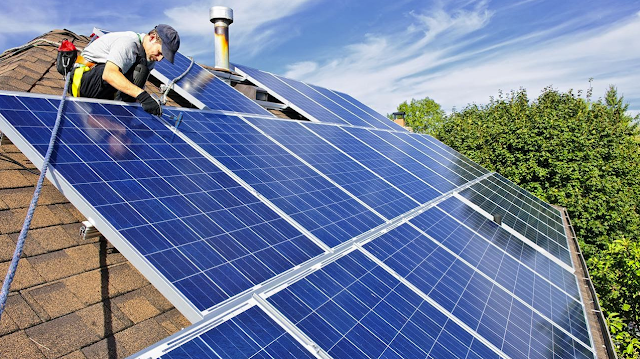Understanding the Cost and Value of Solar Energy
Solar energy, deriving directly from the sun, is a plentiful and renewable source of energy. When this energy reaches Earth, it disperses evenly over the surface, providing abundant warmth. Adequately capturing and storing sun rays for extended periods can provide sufficient warmth during nighttime or on cloudy days. Initiating your journey towards harnessing solar energy begins with understanding its sources and potential applications. Although the initial expense might be towards installing a suitable capture mechanism, the return on investment is considerable compared to traditional energy sources like gas or oil heaters which require ongoing monthly expenses. Furthermore, solar power exceeds mere heating solutions; it also offers cooling and ventilation capabilities.
Creating Your Personal Solar Power System
Harnessing solar power for heating purposes can be relatively straightforward with the right equipment, namely a solar collector. Any device or material—like glass or clear plastic—that effectively concentrates the sun's heat is classified as a solar collector. Think of your automobile on a sunny afternoon: parked in the open, it can become heated remarkably, necessitating opening of windows to cool the insides. This heat build-up exemplifies how glass, one such solar collector, attracts and traps the sun's heat. A similar principle is in action when it comes to greenhouses, where a controlled environment is maintained for optimal plant growth by capturing and containing the sun’s heat.
Harnessing Solar Energy for Your Home
To employ solar energy for heating your home, it's essential to understand two terms: passive solar homes and active solar homes. These categories provide different options that significantly reduce heating costs. It's also worth noting that solar energy can extend its benefits beyond heating, such as warming water and powering solar lights to illuminate your home at night.
Passive Solar Homes
Passive solar homes do not rely on mechanical equipment for heating. Instead, they leverage architectural design to maximize the amount of sunlight received. Window placement is critical, oriented to capture the maximum sunlight, and doors are kept shut during the sun's peak hours to prevent heat escape. At night, thick, insulating curtains on these windows help retain this warmth, naturally and efficiently heating your home.
Active Solar Homes
In contrast, active solar homes employ specific equipment to circulate heat within the house. This might include pumps and blowers, along with an auxiliary heating source for times when sunlight alone is insufficient. These homes typically feature unique external boxes made of a dark-colored metal for their high sun-ray absorption capacity. These boxes heat the air or water carried within attached pipes or ductwork. The heated air or water is then distributed throughout the house, effectively maintaining warmth.
The Solar Advantage
In the long term, solar energy promises natural and sustainable home heating, freeing you from reliance on external energy providers. The most compelling aspect of solar energy is its universal availability - anywhere the sun shines, solar energy can be harnessed.
Remember, choosing solar energy not only is cost-effective over time but also contributes to energy conservation efforts globally, ushering us closer to a sustainable future.
Tags
Solar Power
